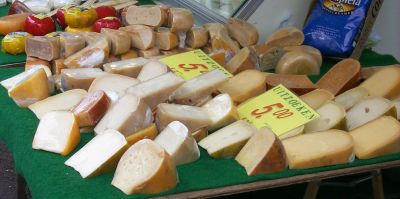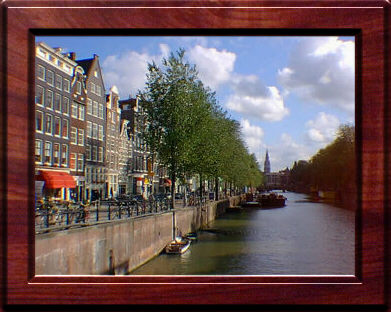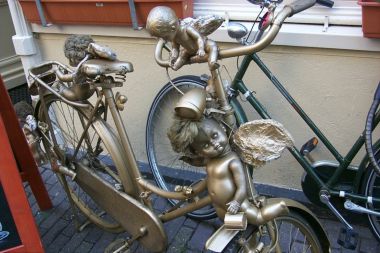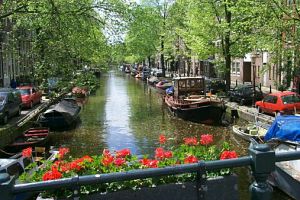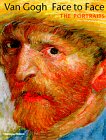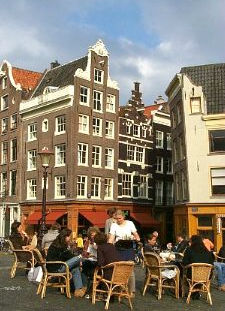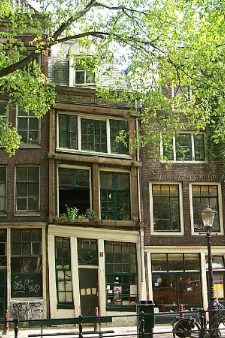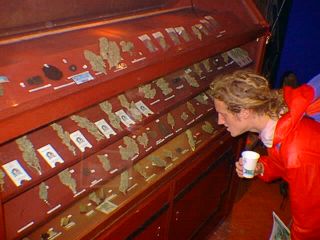
Display of Marijuana and Hashish at Cannabis Cup in Amsterdam.
The Netherlands’ tolerant approach to drug use is the source of much international debate. The Dutch are constantly having to defend their position on “illegal” drugs due to pressure from other countries especially France and the U.S. If only these other countries would adopt the Dutch attitude towards drugs, they would see their “drug problem” and most related crime evaporate overnight. The Dutch statistics bear this out. By decriminalizing the use of soft drugs, and treating even hard drug use as a disease, the Dutch have created the model that others should emulate. By dividing drugs into soft and hard categories, they can deal with every situation calmly, rationally and effectively.
The Dutch have a far greater problem with alcoholism (and tobacco) than with any “illegal” drug and they know this. By allowing people to purchase and consume marijuana in licensed coffeeshops, they not only remove the stigma of being a marijuana user, but they completely remove this as a “criminal activity”. Thus it becomes safe to purchase and use the drug without a criminal element involved (although they have cracked down on growing the plant in quantity, thanks to the aforementioned pressure from other nations). The fact is you can walk all over Holland and see marijuana plants growing in windows, on houseboats, in backyards, etc. Current law allows Dutch gardeners to grow 5 plants, but no lamps are allowed (only sunlight, a rare commodity). But there is NO FEAR, associated with marijuana, hence a true enjoyment of this magical herb that can heal, relax and enlighten.
See The Dutch Coffeeshop Scene for more about smoking cannabis in Holland.
As far as hard drugs like cocaine and heroin, the Dutch are firmly keeping these drugs illegal, but not prosecuting the users. There are many treatments available for those addicts seeking it. They go so far as to give these addicts their heroin or methadone to keep them from stealing to get it. Again it is seen as an illness and treated like one, not turning the addicts into criminals. Warning! Ecstasy is considered a hard drug in Holland!


